California Governor Gavin Newsom has issued an executive order to state agencies on removing homeless encampments. This follows a Supreme Court decision allowing cities to ban sleeping in public spaces.
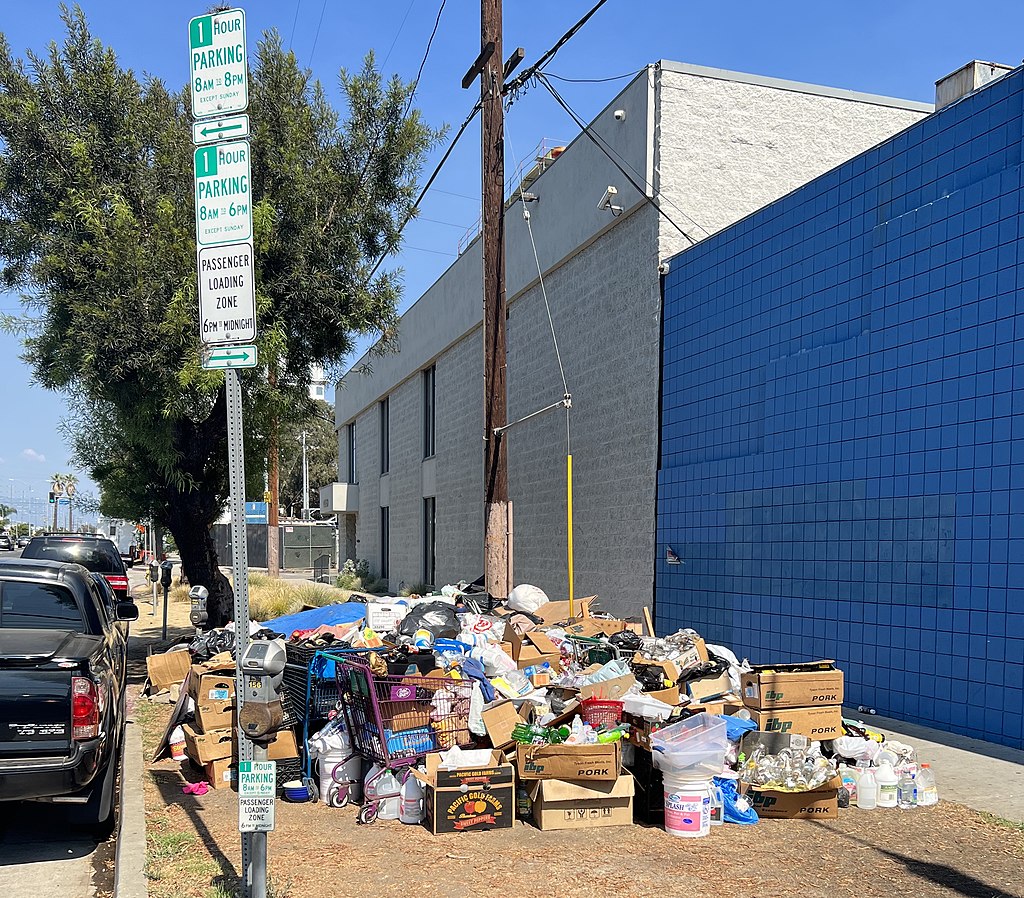
The order targets the many tents and makeshift shelters found along highways, in parking lots, and city parks across California. However, it leaves the final decision to remove these camps to local authorities.
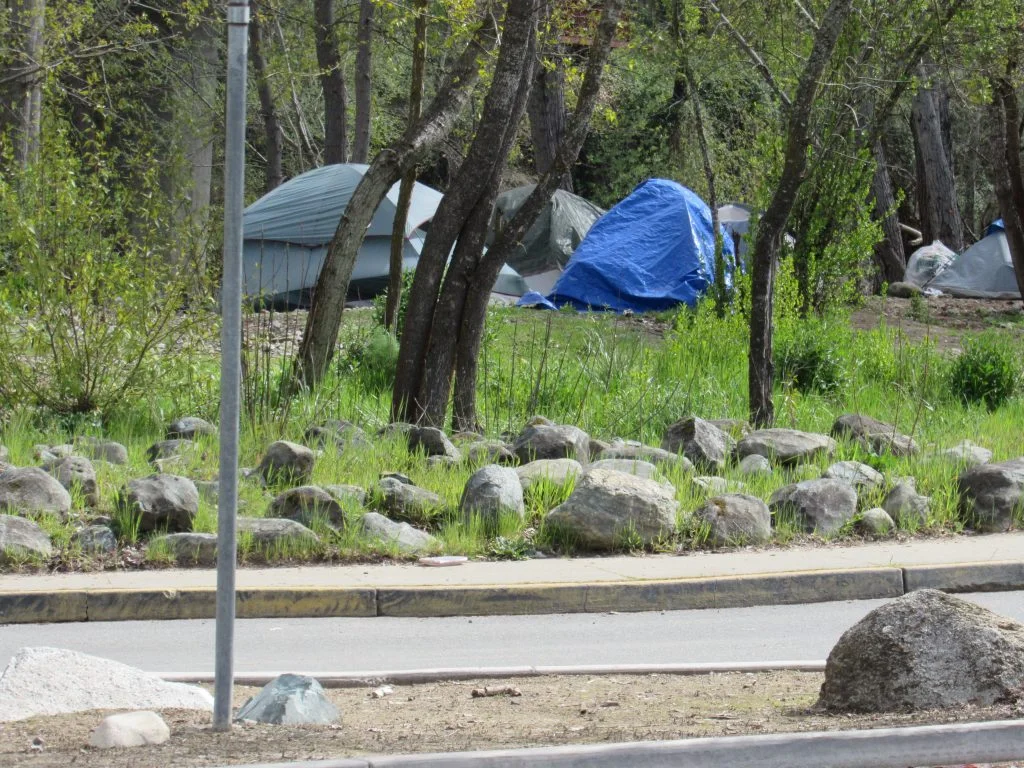
The Supreme Court ruling this summer allowed cities to enforce bans on sleeping in public spaces, a major decision amid rising homelessness and public health and safety concerns. Newsom’s administration supported the cities’ argument that previous rulings had hindered efforts to address homelessness.

Newsom stated, “There are simply no more excuses. It’s time for everyone to do their part.” While Newsom cannot force local authorities to act, his administration can withhold funds from counties and cities to apply pressure. California has about one-third of the nation’s homeless population, a persistent issue since Newsom took office. Despite spending around $24 billion on the issue, a state audit revealed inconsistent tracking of whether the money improved the situation.
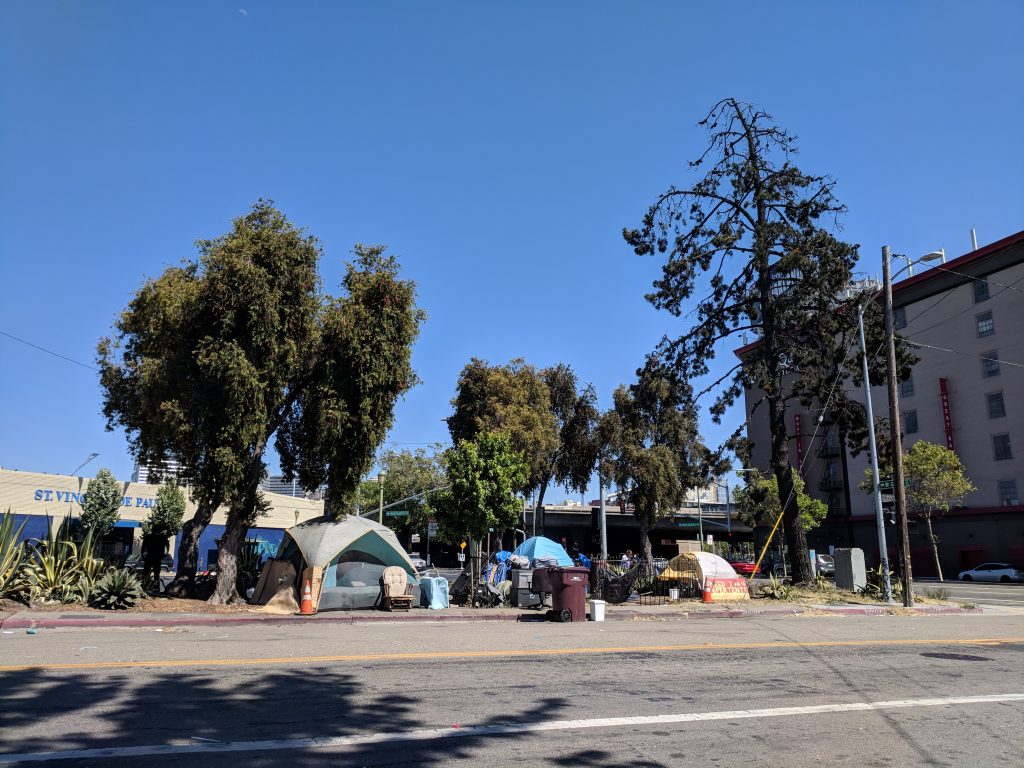
Earlier this year, Newsom supported a ballot measure to allow the state to borrow $6.4 billion to build 4,350 housing units, which narrowly passed.

The executive order coincides with increased Republican criticism of California’s homelessness crisis, as Vice President Kamala Harris, a former California official, launches her presidential campaign. Newsom, who has presidential ambitions, issued the order at this time, raising questions about its political motives.
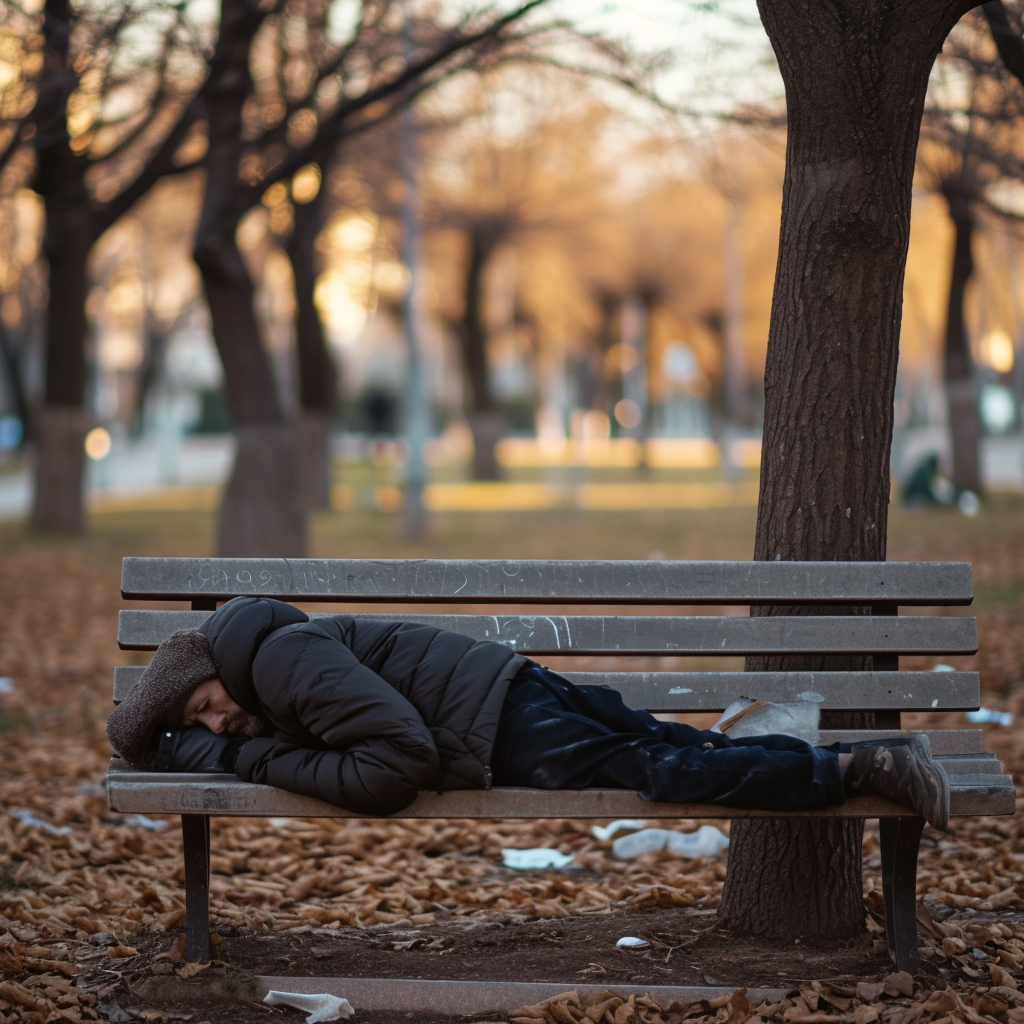
Political analysts suggest that the order is a logical step for Newsom, who has focused on homelessness as a key issue. Local officials and business groups have praised the decision, saying the Supreme Court ruling left them with no options to address homeless camps.

The order directs state agencies, including state parks and transportation departments, to prioritize clearing encampments that pose safety risks, such as those near waterways.
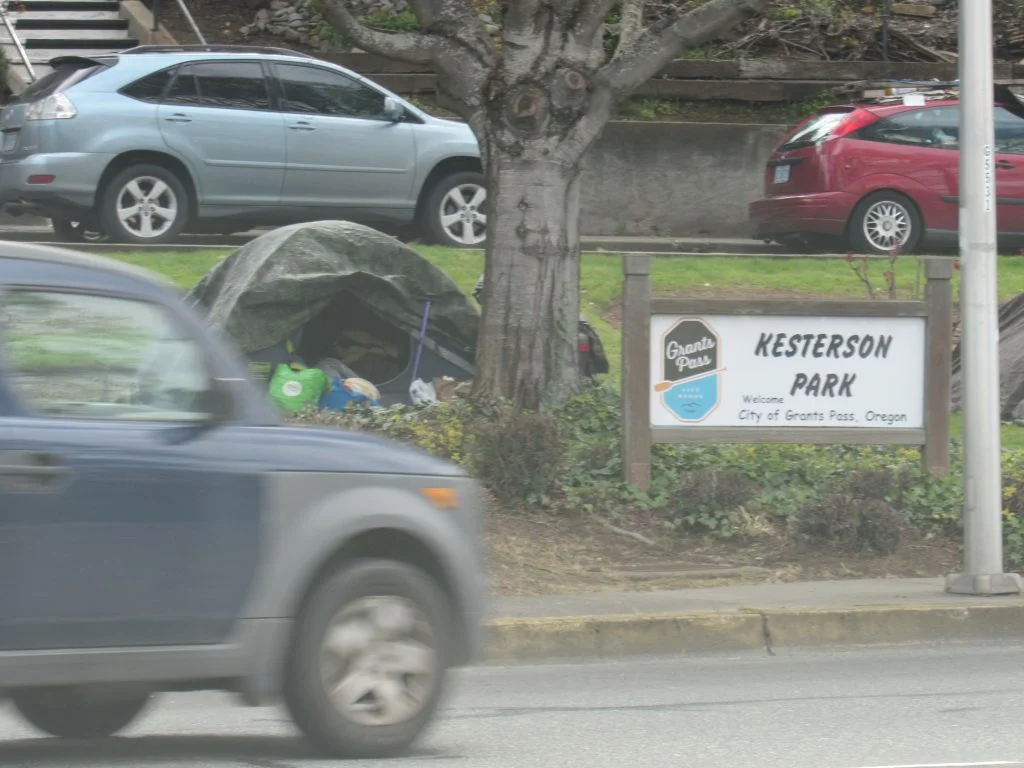
Officials should give advance notice, connect homeless individuals to local services, and store their belongings for at least 60 days. Local cities and counties are encouraged to adopt similar protocols.

Homeless advocates argue that these sweeps are cruel and ineffective, calling for more housing instead of crackdowns.





